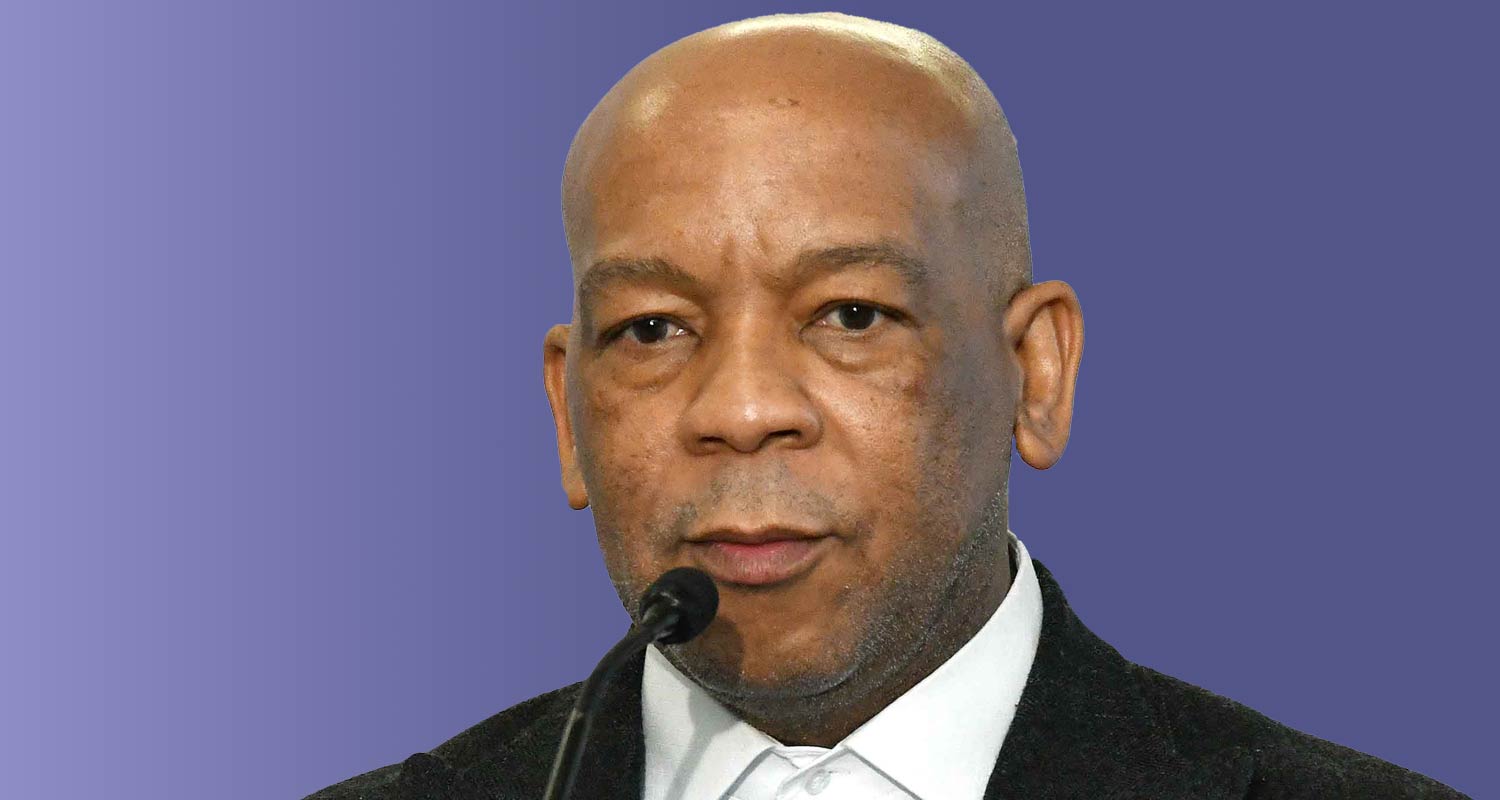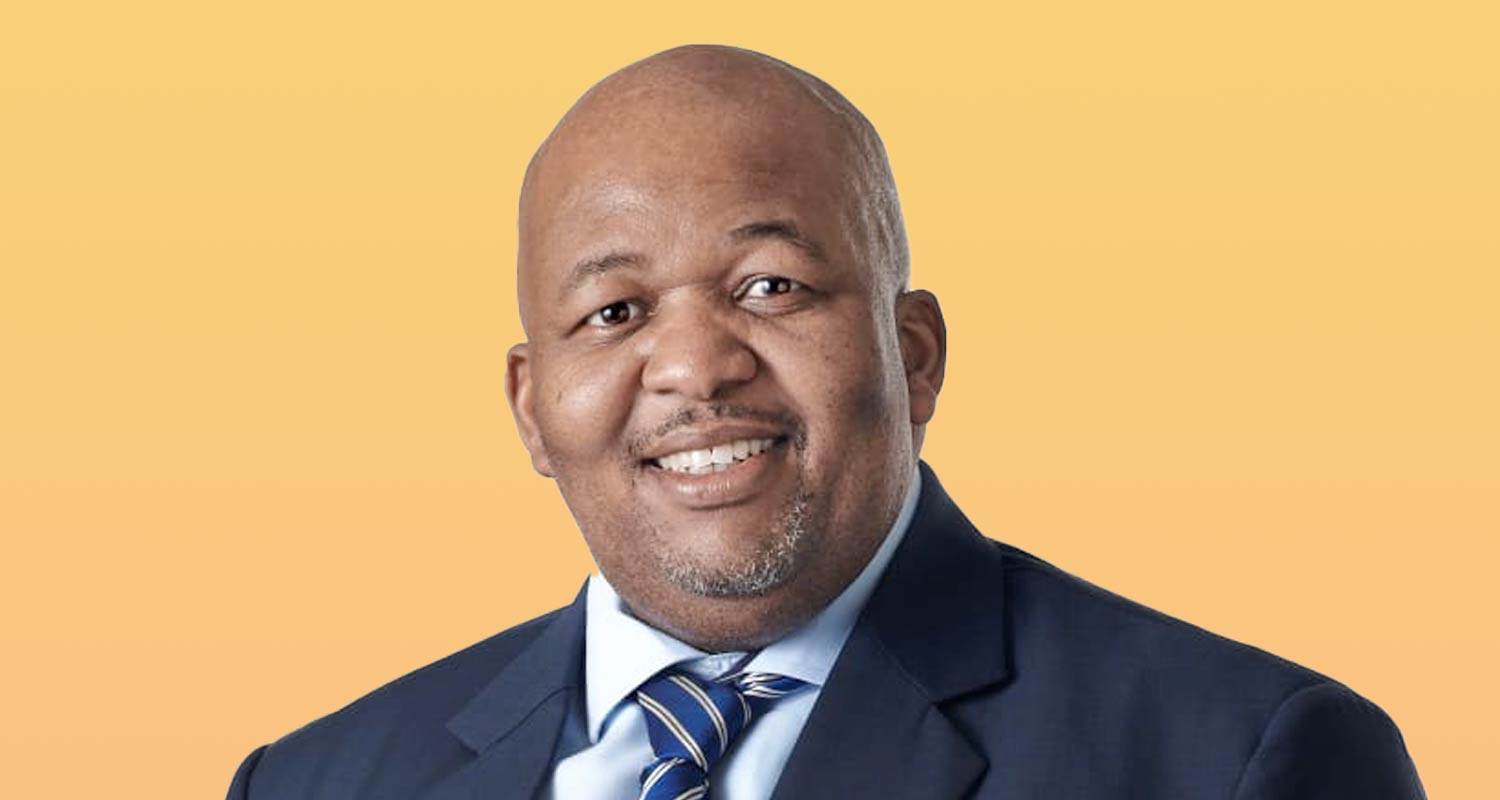
Eskom on Friday signed a memorandum of understanding with chemicals company Sasol for the supply of liquified natural gas (LNG), the bulk of which will be used by the state-owned electricity utility as part of a gas-to-power plan.
Eskom’s intention is to stabilise the national grid and prevent load shedding as it moves from coal-fired power stations to renewable energy sources.
“As we have learnt from other countries that have gone down this path, grid stability becomes an important component of dispatchable power once you have more renewables in the mix,” said Eskom CEO Dan Marokane at a media conference at Eskom’s head office, Megawatt Park, on Friday.
“This initiative allows us more flexibility in terms of managing the transition and ensures that as we move into a space where the renewable component of our generation mix increases that we also have options and solutions for stabilising the grid.”
Eskom plans to convert some its coal-fired power stations scheduled for decommissioning in the next decade into gas-to-power facilities.
Sasol, on the other hand, caters to both industry and the public, but faces a “gas cliff” as its reservoirs in Mozambique will soon be depleted.
This means that both Eskom and Sasol need to go to the open market to source LNG. According to energy minister Kgosientsho Ramokgopa, who also spoke at the event, part of the rationale behind the partnership is that aggregating the demand between the two industry giants will lead to economies of scale that will keep prices lower for both entities, and ultimately for consumers as well.
Protecting Sasol
“The issue [with LNG] is the cost of the molecule, so we think at a government-to-government level we can negotiate better, but aggregating demand will also have an impact on the cost,” said Ramokgopa.
According to the minister, the joint strategy assists government in protecting Sasol, whose gas business contributes some R700-billion to the economy, accounting for 110 000 direct jobs and an estimated 300 000 indirect jobs. Eskom, meanwhile, requires in the region of R1.5-trillion to implement its so-called Just Energy Transition strategy, through which it will reduce its carbon emissions by decreasing its reliance on coal.
Read: The crime problem crippling Eskom and Transnet
Ramokgopa said negotiations for sourcing the gas internationally are ongoing, but it is likely that the logistics of getting it into the country will involve landing it in Mozambique to make use of the piping infrastructure to South Africa that already exists. He said the completion of a 3GW Richards Bay gas-to-power facility is critical to South Africa’s energy security and for derisking the country from “geopolitical reconfiguration”.

“Today we are talking gas, last week we were talking nuclear, next week we will be talking about the expansion of PV and solar. As I have said before, we are going to discuss all technologies and all fuel sources – everything is on the table … to the extent that we can find an equilibrium that will support our sovereign interests,” said Ramokgopa. – © 2024 NewsCentral Media




